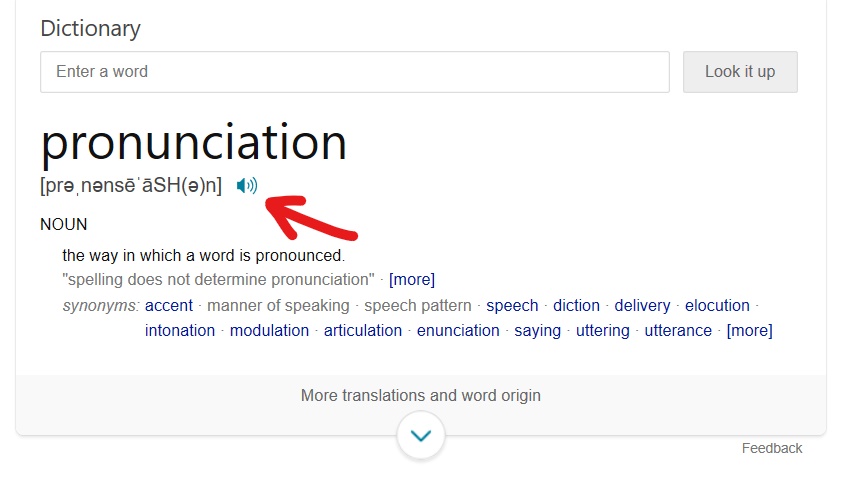Researchers collected feedback from over 1,000 audience members following 120 executive speeches. Do you know what they found? The listeners were twice as concerned with the speaker’s vocal quality as they were with the content of the message.
When it comes to presenting, your vocal delivery matters. And you can do more with your voice than you might think. Let’s take a look at 4 tips for elevating your vocal delivery.
Pitch
Your pitch is the placement of your voice on a musical scale. That means how high or low you speak. Here’s why pitch is so important: it’s directly connected to our perception of the speaker’s passion. For speakers with a lot of pitch variety, we assume they care a lot about their presentation topic. When vocal pitch doesn’t vary much at all, we say a speaker is monotone. And monotone speakers seem to care very little about what they are saying.
For most speakers, you want to find the pitch that feels the most comfortable and natural for you to speak at. This is called your optimal pitch. From there, you can change your pitch to higher or lower to match the tone of your content. Higher pitches are associated with excitement or energy and lower pitches are associated with authority or things that are more serious in nature.
Rate
While 150 words per minute is a comfortable average speaking rate, that doesn’t mean that you should aim to stay at that same rate throughout your entire presentation. Audience members like variety. It catches their attention and keeps them engaged. So speaking faster at some points and a more slowly at others can really lend weight and impact to the words you are saying.
For example, if you want to build excitement or suspense, try speaking faster than you normally would. Or if you want something that you say to really sink in, say it more slowly and accentuate your words with longer pauses.
Volume
Very few speakers are too loud; most speakers struggle with not speaking loud enough. The good news is, you can learn to speak louder with training and practice. Most of your volume is produced by breath control and the amount of air you are pushing out of your lungs. Dr. Christopher Chang says, “The lungs are what gives power to a voice.” So work on taking deep breaths and pushing sound out from full, strong lungs.
While you want less variety with volume than you typically would with pitch and rate, you still can use the volume of your voice to highlight certain parts of your message. Pick one sentence in your presentation that is critically important for the audience to catch. Practice saying that sentence at different volumes. See how it feels different. Then pick the volume that helps you get that sentence across in the way you want to communicate it.
Clarity
Some issues with vocal delivery arise when a speaker struggles with enunciation or pronunciation. Enunciation is the ability to form the distinct sounds in a word. The opposite of enunciation is mumbling or slurring sounds together. Think of the difference in saying “whassup” versus saying “what’s up.” Executive speech coach Jill Bremer recommends using the following exercises before speaking to warm up your lips, teeth, and tongue. Say each one a few times out loud to improve your enunciation.
- Bibbity-bobbity, Bibbity-bobbity, Bibbity-bobbity, boo.
- Tickety-tackety, Tickety-tackety, Tickety-tackety, too.
- Ah-ee, ah-ee, ah-ee.
- Lemon liniment.
- A noisy noise annoys an oyster.
- Round and round the rugged rock, the ragged rascal ran.
- Strange strategic statistics.
- Red leather, yellow leather.
- Jump Charley.
Pronunciation, on the other hand, is whether you say the word correctly. Modern technology provides a great resource when it comes to pronouncing things correctly. Simply look up the word in question on any online dictionary, and click on the speaker symbol to hear the word pronounced correctly.

As you are practicing for your next big presentation, remember the important role that your voice plays. Focus on your pitch, your rate, your volume, and your clarity. These 4 tips can make sure your vocal delivery adds to the overall power of your presentation.
Ready for more tips on how to elevate your speaking skills? Contact us now.